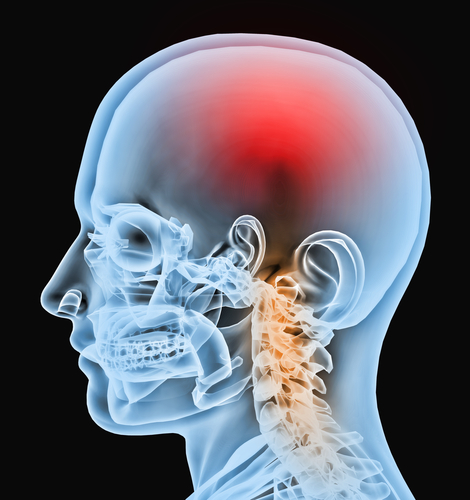Regulation of Enzyme HDAC6 May Be Relevant in ALS Treatment

 A new study entitled “HDAC6 Is a Bruchpilot Deacetylase that Facilitates Neurotransmitter Release” was published in Cell Reports by Katarzyna Miskiewicz and Liya E. Jose, co-first authors of the study and part of Dr. Patrik Verstreken’s group from the VIB Center for the Biology of Disease and Center for Human Genetics and Leuven Research Institute for Neuroscience and Disease (LIND), Leuven, Belgium, and colleagues. The findings of this study may be relevant for diseases like amyotrophic lateral sclerosis (ALS).
A new study entitled “HDAC6 Is a Bruchpilot Deacetylase that Facilitates Neurotransmitter Release” was published in Cell Reports by Katarzyna Miskiewicz and Liya E. Jose, co-first authors of the study and part of Dr. Patrik Verstreken’s group from the VIB Center for the Biology of Disease and Center for Human Genetics and Leuven Research Institute for Neuroscience and Disease (LIND), Leuven, Belgium, and colleagues. The findings of this study may be relevant for diseases like amyotrophic lateral sclerosis (ALS).
During neurotransmission, synaptic vesicles fuse with the plasma membrane at presynaptic release sites. The presynaptic dense body is a structure that was conserved during evolution and is involved in capturing and concentrating synaptic vesicles at release sites. In Drosophila (fruit flies), the most important constituent of the presynaptic dense body is the cytoskeletal-like protein Bruchpilot (BRP). It has been described that the presynaptic dense body and BRP are crucial to keep normal levels of synaptic transmission, but the mechanisms that regulate the function of presynaptic dense body have not been elucidated. The acetylation reaction of cytoskeletal-like protein Bruchpilot (BRP), performed by the synaptic acetyl transferase (HAT) ELP3, has been described as a regulatory mechanism that should be reversible although the BRP deacetylase has not been yet identified.
In this study, the authors used the Drosophila model and showed that the cytoplasmic histone deacetylase 6 (HDAC6) is needed and sufficient to catalyze the deacetylation of cytoskeletal-like protein Bruchpilot (BRP). The HDAC6 expression is also controlled by TDP-43, an RNA-binding protein deregulated in amyotrophic lateral sclerosis (ALS).
Amyotrophic lateral sclerosis (ALS) is an uncommon and progressive neurological degenerative disease of the motor neurons that causes paralysis of skeletal muscles, is generally characterized by rapid irreversible progression and is normally fatal. Animal models expressing mutated forms of TDP-43 show higher HDAC6 expression, decreased Bruchpilot acetylation and increased neurotransmission. Similar results were observed when inducing expression of HDAC6 but contrary to what was observed with mutants deficient for hdac6. When the authors reduced the expression of HDAC6 or increased the levels of ELP3, the enzyme that acetylates BRP, restored the presynaptic density impairment and increased adult locomotion.
The researchers identified HDAC6 as the Bruchpilot acetylase and have shown that regulation of cytoskeletal-like protein Bruchpilot is crucial to the normal neurotransmission process.






